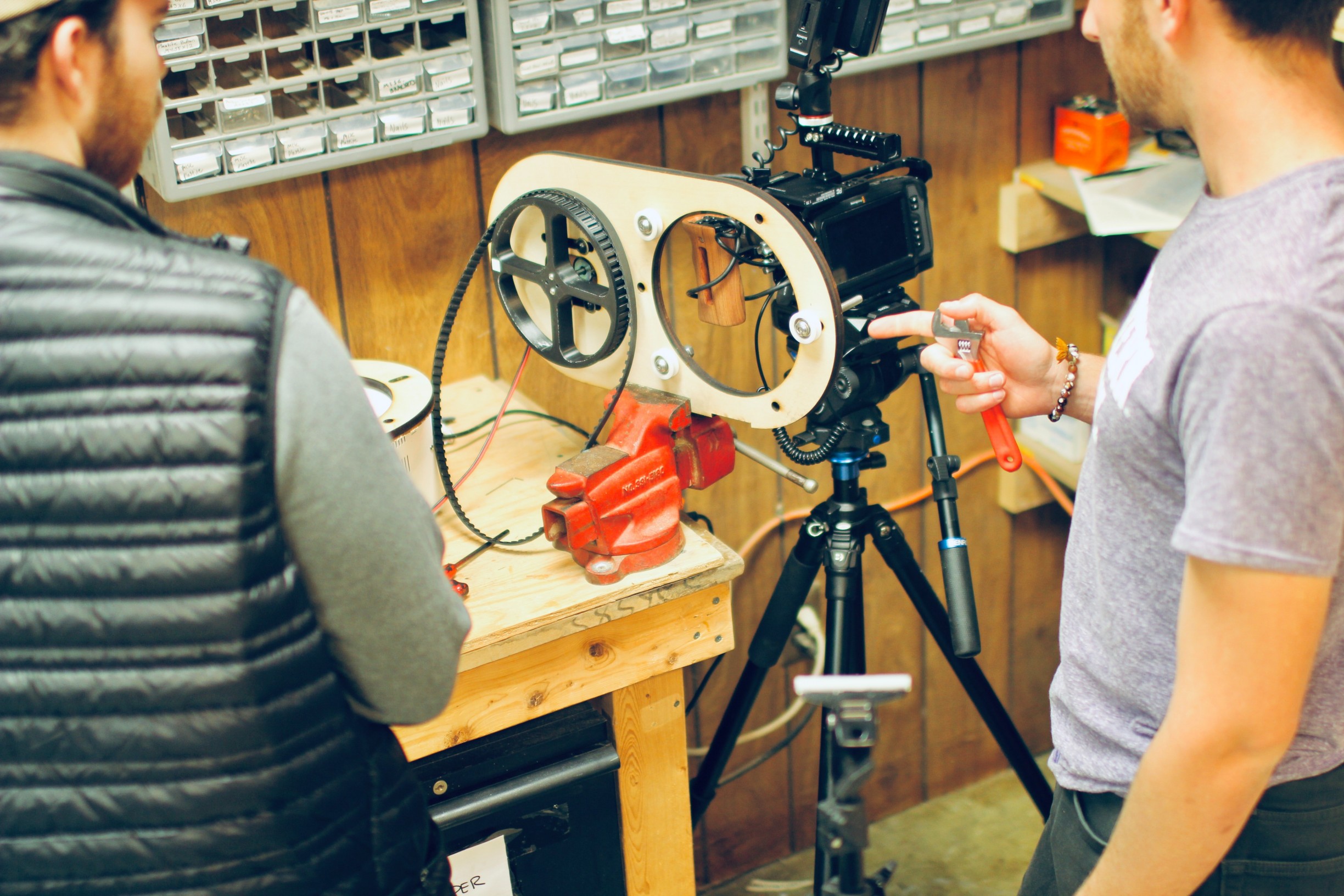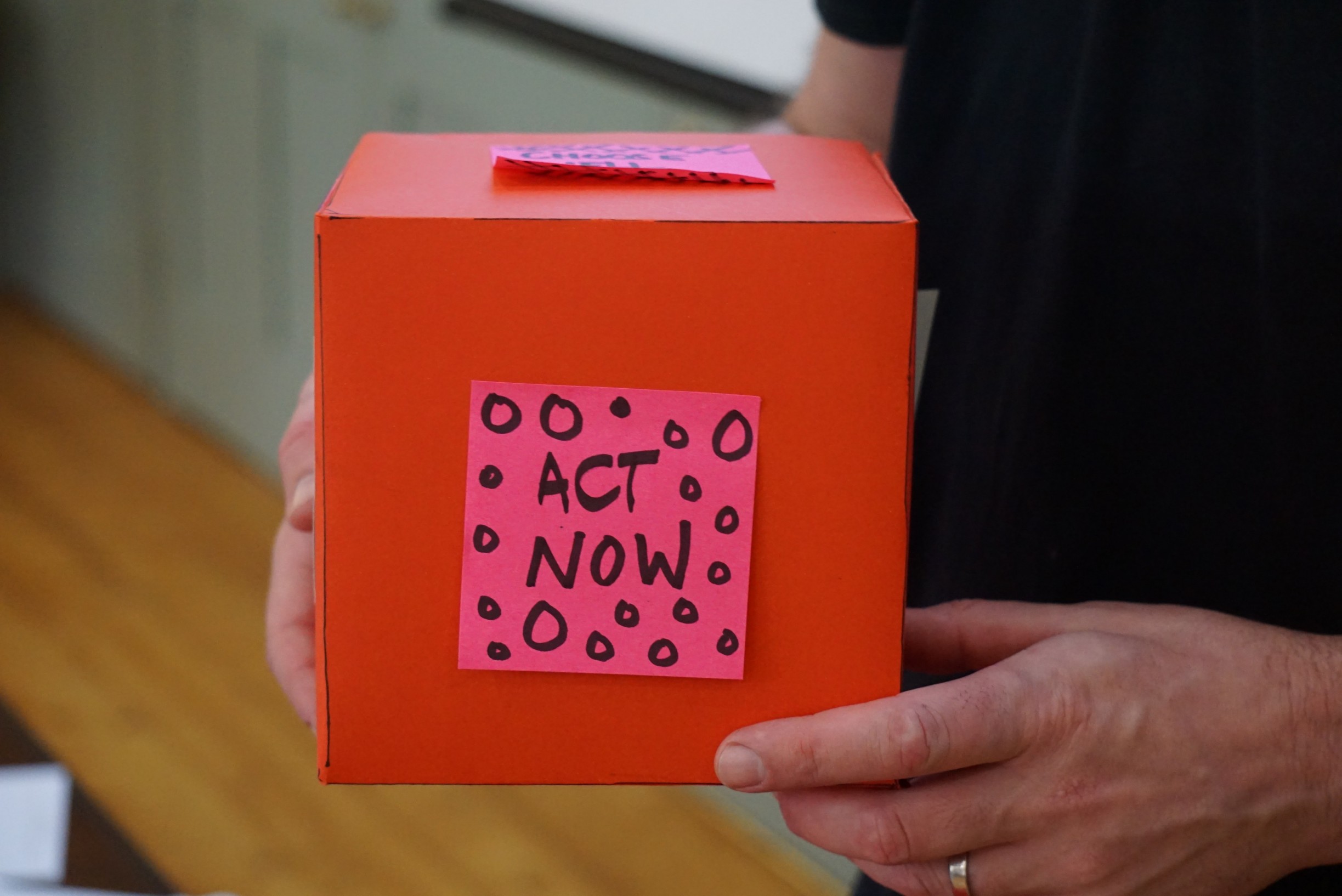
Product discovery is the process of identifying and validating the problems and needs of potential customers, and developing solutions that meet those needs. There is no one-size-fits-all approach to product discovery, as the best approach will depend on the specific product and market. However, some general best practices for product discovery include:
- Start by identifying a specific problem or need that your product can solve. This could be a problem that you have experienced personally, or a problem that you have observed in others.
- Conduct market research to validate that the problem you have identified is a common one, and to understand the potential size of the market for your product.
- Engage with potential customers to gather feedback on your product idea, and use this feedback to iterate and improve your product concept.
- Develop a minimum viable product (MVP) that allows you to test your product idea with a small group of customers. This will help you gather additional feedback and validate that your product meets the needs of your target market.
- Continuously iterate and improve your product based on customer feedback and market data, and be prepared to pivot or change direction if necessary.
Overall, the key to successful product discovery is to start with a clear problem statement, gather as much feedback and data as possible, and be willing to adapt and iterate as you learn more about your customers and the market.

In the Product Box workshop activity proposed by Luke Hohmann in his book Innovation Games, participants are asked to mock up a solution for a particular problem as if it were a product that could be sold in a box. They have to come up with a name, brand identity, key features, price etc. Crucially, they are then asked to 'sell' the product back to the other participants (or facilitator). By putting potential users/customers into the unfamiliar role of selling a solution, it helps them to think more laterally and critically about what's important to them.
Shout if you'd like to know more
Product Discovery is criminally neglected by many companies. If you're not doing it, then you're almost certainly wasting money building the wrong things. We'd be happy to chat about over a virtual cuppa, and give you some free pointers.
Share
Keep reading ...
Blog 3 min read
December 11th, 2021 - by Samepage
Blog 3 min read
March 21st, 2020 - by Olivia Stiles
